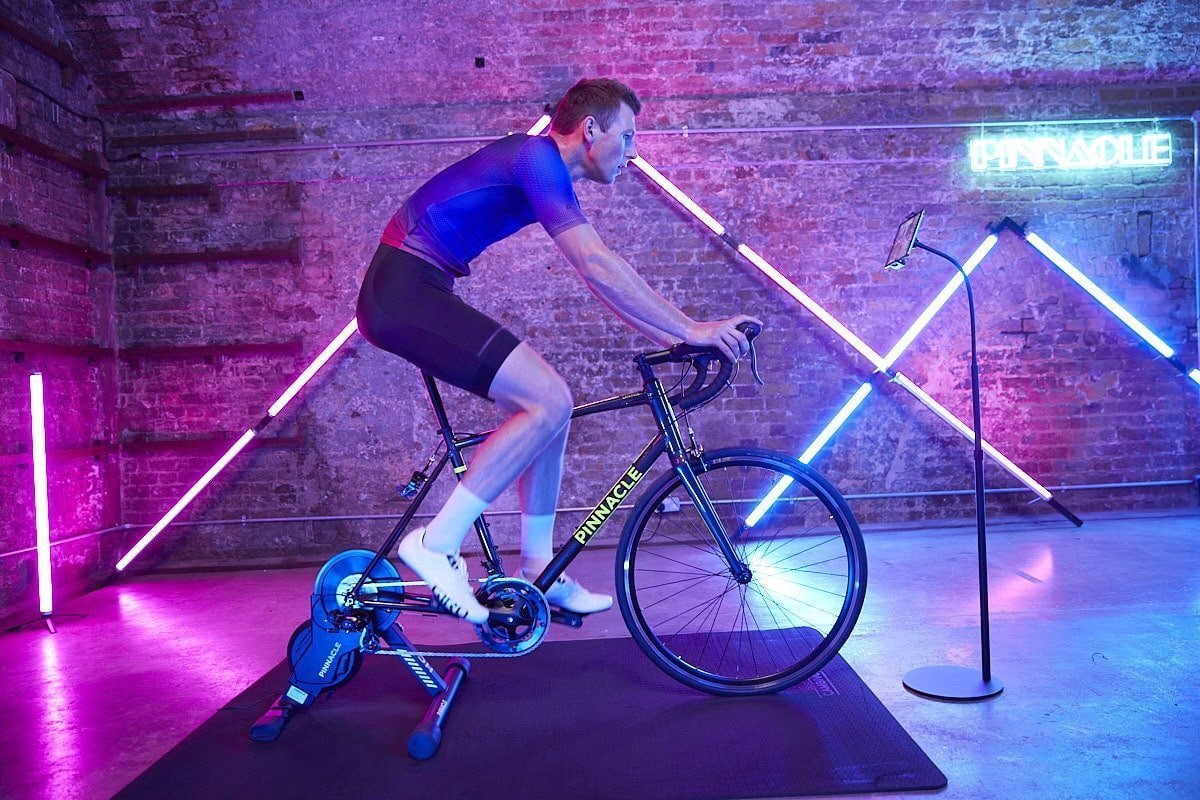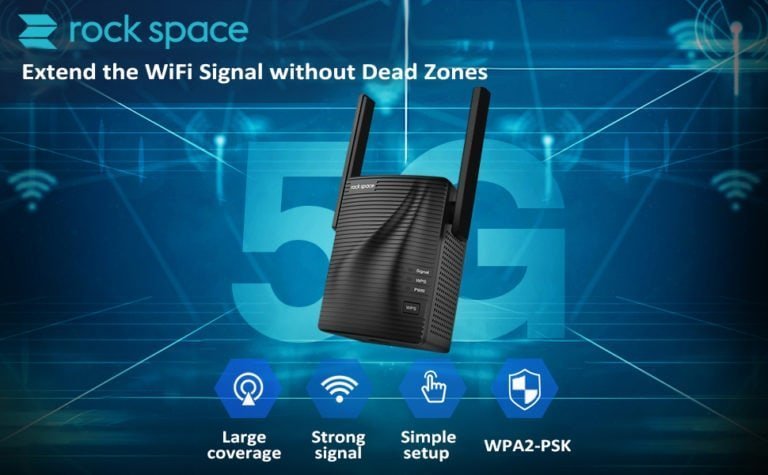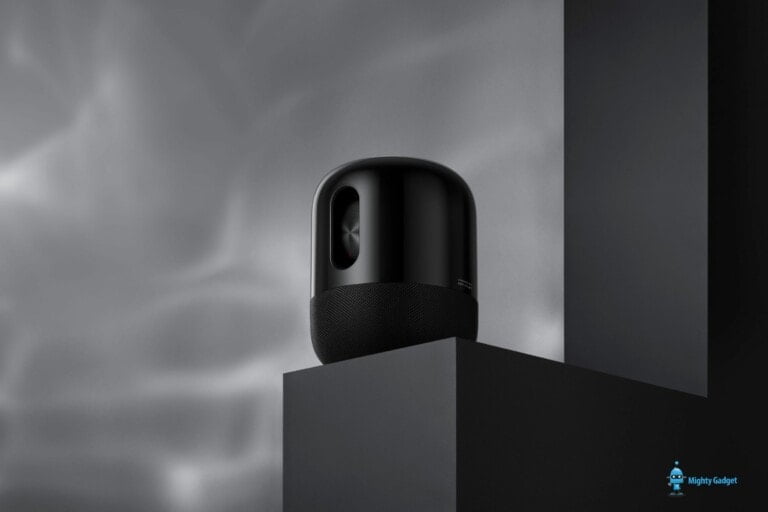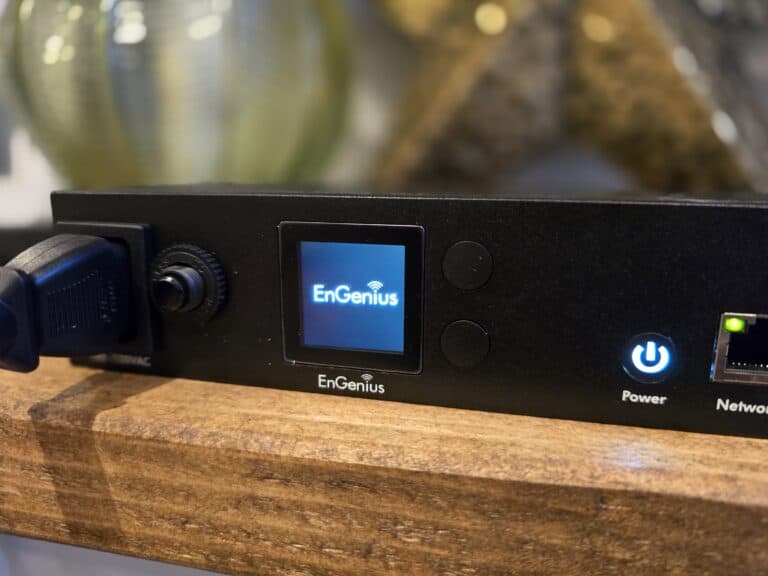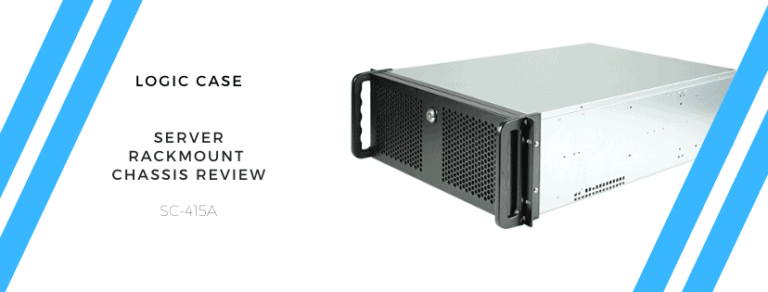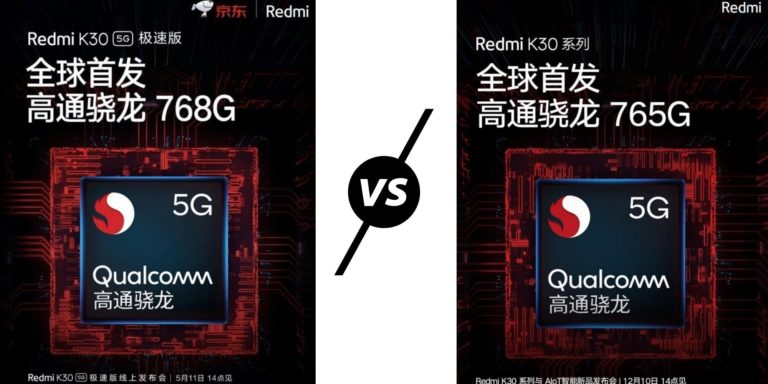Any links to online stores should be assumed to be affiliates. The company or PR agency provides all or most review samples. They have no control over my content, and I provide my honest opinion.
My first experience with indoor smart turbo trainers was the wheel-on Bkool Smart Pro 2. I later bought and reviewed the excellent Tacx Flux S, I think I paid £400 for it during Black Friday, and it turned out to be an amazing investment which later served me incredibly well during all the lockdowns keeping me physically and mentally fit. I later sold it for £215, which I think makes it one of my best tech buys ever.
I sold the Tacx Flux S to fund the purchase of the Tacx Neo Bike Smart Trainer. As much as I love this bike, I have broken it once, and the only benefit I find from it is that my sweat isn’t destroying my road bike anymore and reduced overall maintenance.
Likely wanting to monetise the demand for indoor trainers that occurred during the lockdowns, Evans launched their own brand Pinnacle HC turbo trainer, this time last year. Demand has simmered down for these products, but that is good news for buyers, stock is easily available, and prices have been dropping. This has an RRP of £700 but was immediately discounted to £599.99, it now sits at the bargain price of £399.
Pinnacle HC vs LifeLine Xplova NOZA S vs Tacx Flux Specification
| Pinnacle HC | LifeLine Xplova NOZA S | Tacx Flux 2 | Tacx Flux S | Saris H3 | |
|---|---|---|---|---|---|
| Max Power | 2,500W | 2500W | 2000W | 1500W | 2,000W |
| Accuracy +/- | 2 | 2.5 | 2 | 3 | 2 |
| Flywheel Weight | 5.7kg | 5.9kg | 7.6kg | 7kg | 9kg |
| Connectivity | Ant+ fe-c and bluetooth | Ant+ fe-c and bluetooth | Ant+ fe-c and bluetooth | Ant+ fe-c and bluetooth | Ant+ fe-c and bluetooth |
| Maximum Gradiant | 0.2 | 0.18 | 0.16 | 0.1 | 0.2 |
| Resistance type | Electromagnetic | Electromagnetic | Electromagnetic | Electromagnetic | Electromagnetic |
| Noise | 60 dB | 58 dB | 59 dB | ||
| Cassette | Not Included | Not Included | Not Included | Not Included | Not Included |
| Price | 400 | 350 | £700 RRP £490 | £600 RRP £549 | 474 |
At £400, this is one of the cheapest direct-drive turbo trainers on the market. You’d expect that Evans would achieve this price point by cutting corners or having a poor specification, but on paper, this easily competes with trainers at much higher price points.
Set-Up
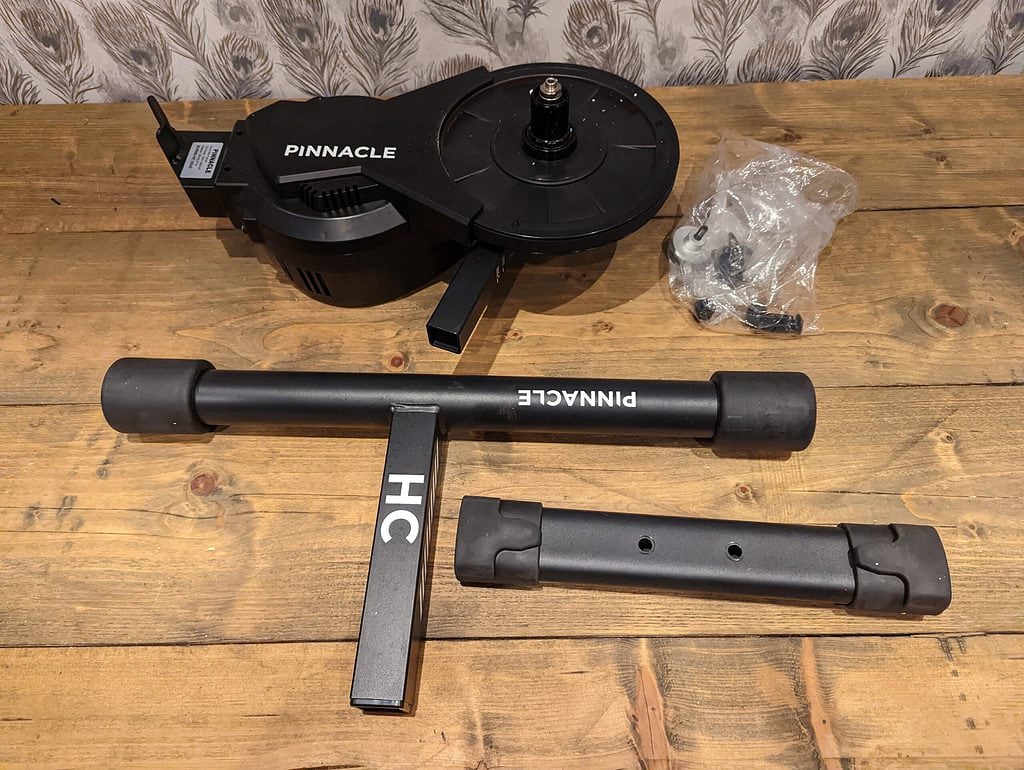
Setting this trainer up is quite straightforward. The rear legs need to be bolted onto the trainer then on the front, you have an adjustable front leg which will allow you to accommodate different wheel sizes.
There are multiple adaptors that allow you to use a quick-release or through axle.
Thanks to the adaptors and adjustable front leg, you can use almost any bike you want. Most people will want to use a road bike, but there is nothing stopping you from using a mountain bike.
Like most affordable trainers, this lacks a cassette, so you will have to factor the cost of this into the final price and also know how to install it. They are quite easy to do but make sure there is no movement between any of the gears when you have finished.
This trainer does not require calibration. When you switch it on, the LEDs may flash red, and when they turn to green, the unit is calibrated and ready to go.
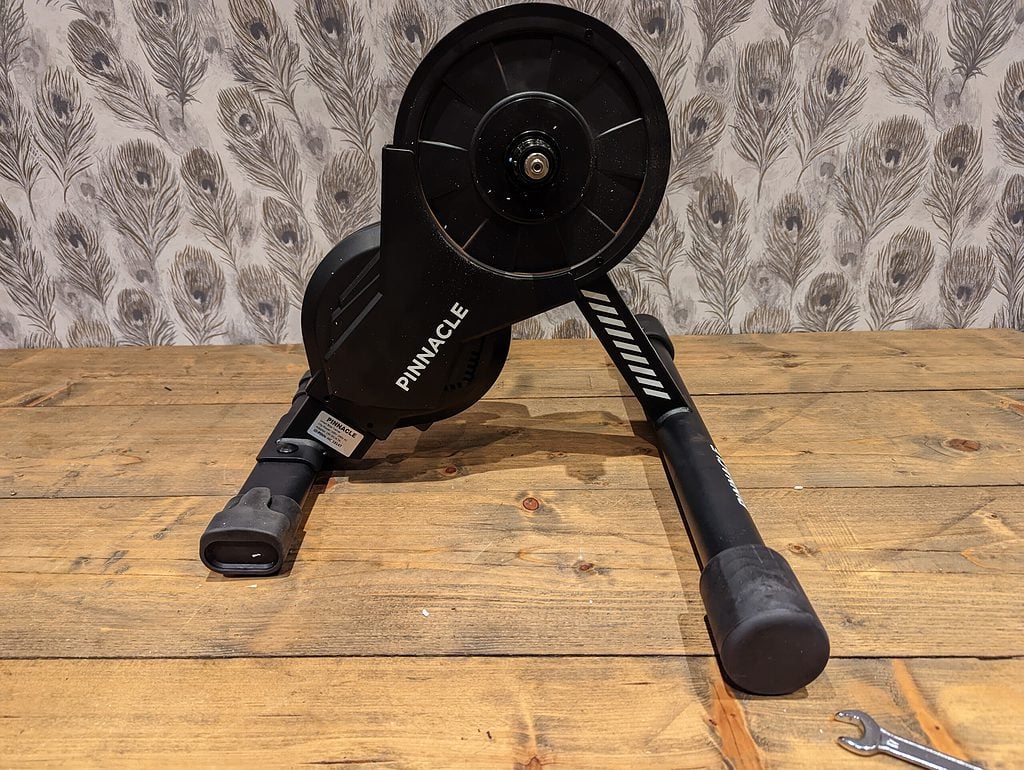
App and Firmware
I struggled to find the app for this at first, but it is called PINNACLE HC within the Play Store and has hardly any downloads and no reviews. With this not requiring calibration, you technically shouldn’t need the app. However, it is possible to improve the calibration a little using the spindown function within the app.
You also have the choice of two different firmware options. Each one tweaks the trainer for a slightly different experience. One is designed to be more like real life with quicker power transitions, whereas the other one is a smoother transition.
Connectivity
This has your standard connectivity options. During my time with it, I used ANT+, which I find a bit more reliable than Bluetooth. I have to use an ANT+ dongle with my laptop, and when logging into Zwift and searching for the trainer, I am provided with the usual options for connecting.
Ride Feel
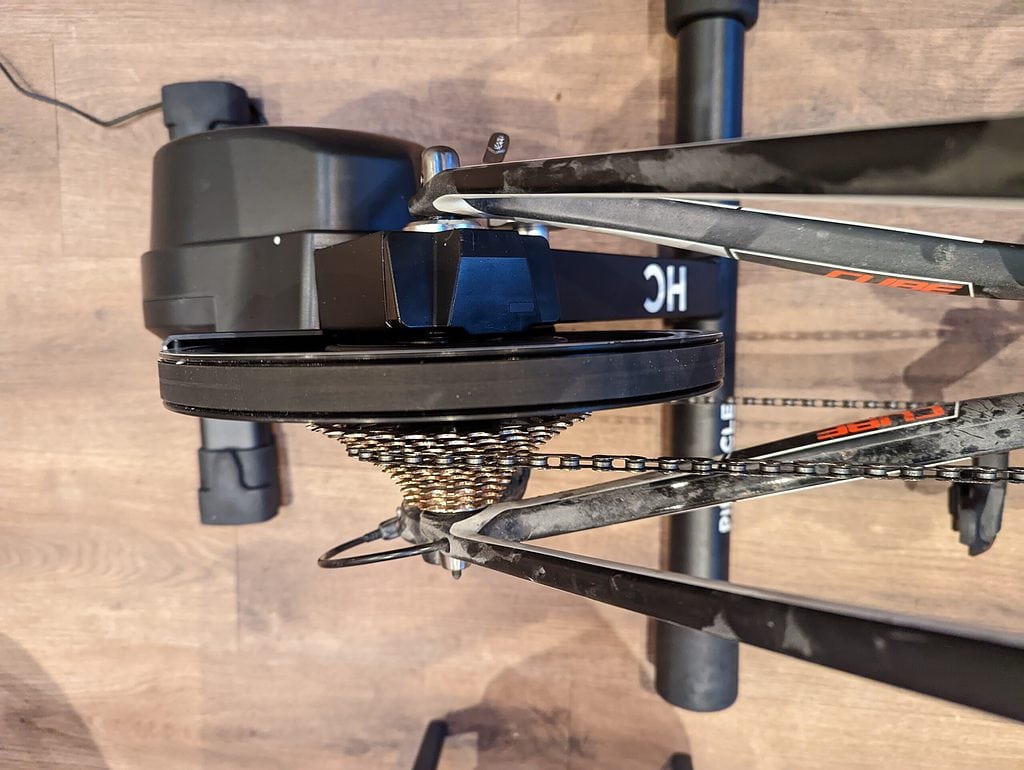
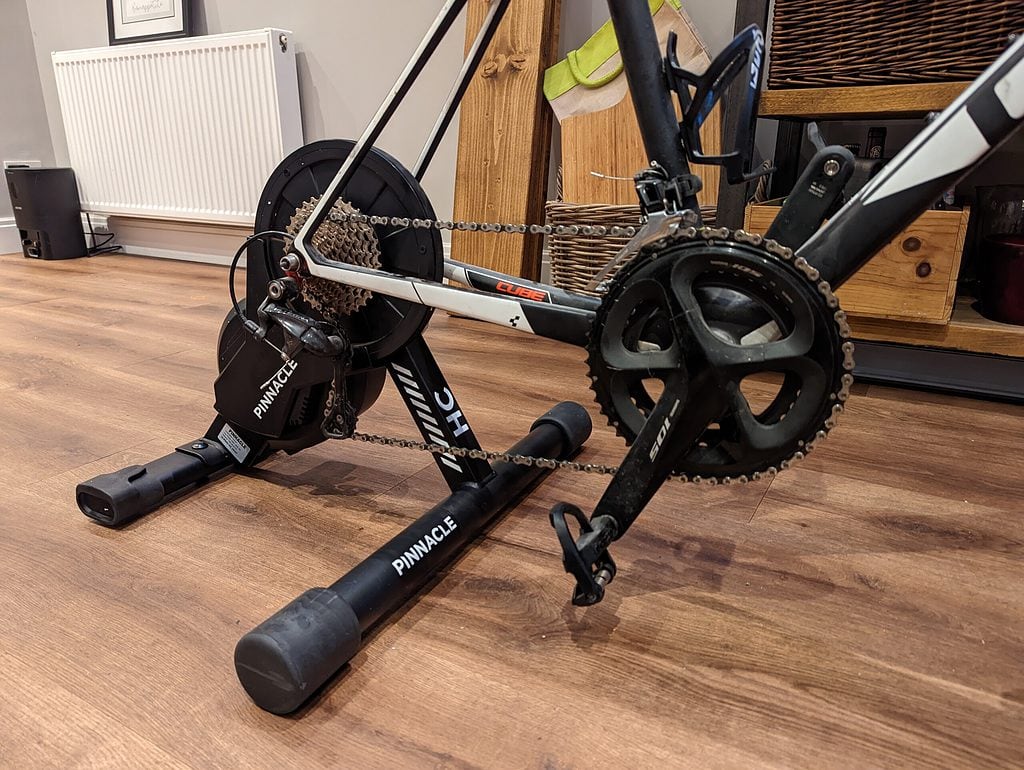
This has a flywheel of just 5.7kg, and it makes the overall unit quite like, compared to competing options. I remember my Tacx Flux S being awkward to move around, but it provided a stable feel while riding.
When cycling with this trainer, I can feel its lightness, there feels like more movement, and at higher power, it feels like there could be some stability issues with the rear feet rocking about a bit. I am not sure if this is the way the legs are designed vs the Tacx or if it is the lightness of the unit. Maybe I am just used to riding my 50 Kg Tacx Neo bike, which doesn’t budge no matter what you do.
That being said, switching from my smart bike to this, I do appreciate some movement. It gives a more natural feel, and the movement you get provides a bit more comfort for longer rides.
Noise
I have no problems with the noise of direct-drive turbo trainers. If anything, I find it quite pleasant, it just sounds like the sound of cycling, with the majority of the noise coming from the drivetrain. It is wheel-on trainers which are horrendously noisy.
Power & Gradient
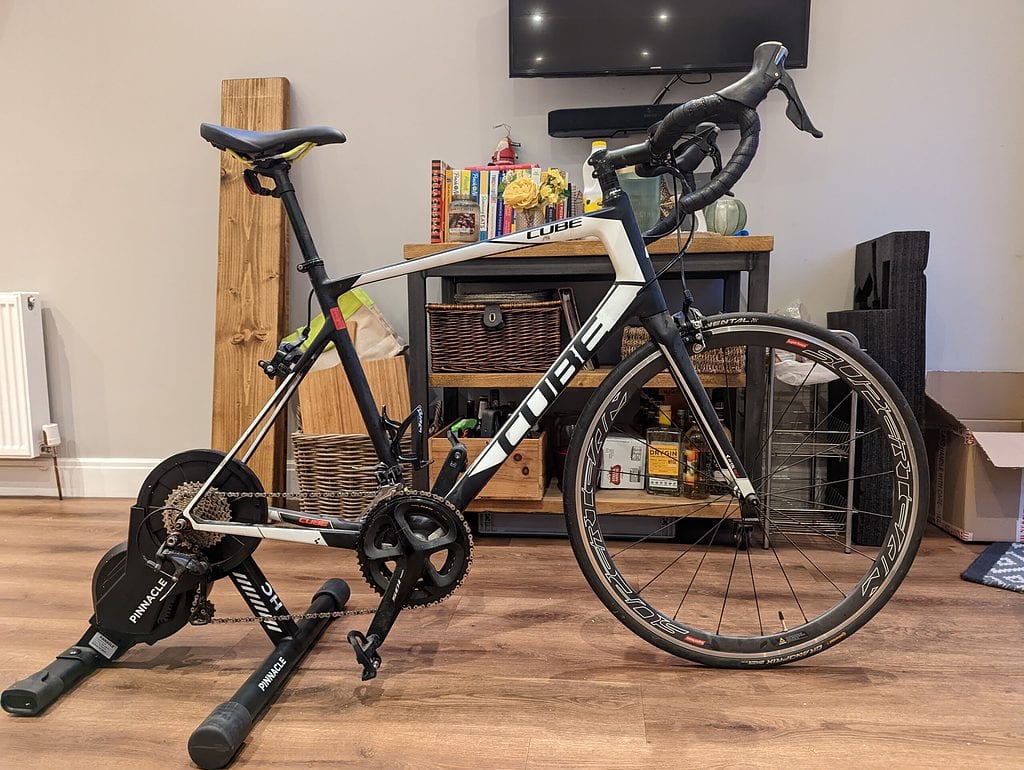
This trainer claims to have a 20 per cent maximum gradient and a 2,500-watt power ceiling which makes it one of the best-rated options at the £400-ish price point. It is only the Wiggle brand LifeLine Xplova NOZA S that provides a similar rating.
My peak power is around 1200W for 1 second or 1000W for 15s. When back when I was using the Tacx Flux S daily, I felt like its 1500W limit was holding me back a little (it probably wasn’t). At 2500W, this trainer should never feel like it is holding you back. It is up there with the best options on the market.
I have just returned from a trip to the US, and I am recovering from an operation, so I haven’t been able to push this as hard as my normal fitness levels can achieve. But I was able to hit just under 1000W quite comfortably.
I only have a single-sided Favero Assioma UNO power meter for my pedals, so it is hard to work out which is more accurate. The trainer reports a higher wattage than my power meter, but I am fairly sure this is due to my left leg not being quite as powerful as my right leg. I had similar issues with the Flux S.
That being said, the power readings remain consistent with both the pedals and trainer tracking similarily when plotted against each other.
I have seen reports that there can be some issues with the cadence of data this provides at higher speeds. I can’t say I noticed this problem myself, but my idea of a high cadence is 90rpm which is the normal cadence for a lot of people.
Price and Alternative Options
The Pinnacle HC turbo trainer is priced at £399 and is available exclusively from Evans Cycles.
The LifeLine Xplova NOZA S is cheaper at £350 but with a lower power accuracy of +/- 2.5% and a slightly lower gradient of 18%.
Similarly, the offerings from Tacx and Saris don’t really look that appealing when you look at the specification vs price. The Flux 2 might be worth considering, I prefer its design as it feels more stable, and you have a heavier flywheel.
Overall
If you want an affordable direct-drive turbo trainer, you will struggle to do better than the Pinnacle HC Turbo Trainer.
It is not perfect, but it is orders of magnitude better than wheel-on trainers (in my opinion) while staying within a reasonable price point.
Evans Review Rating
Summary
If you want an affordable direct-drive turbo trainer, you will struggle to do better than the Pinnacle HC Turbo Trainer.
Overall
85%-
Overall - 85%85%
Pros
- Massive power and steep gradient rating for a trainer at this price point
- No calibration needed
Cons
- Feels a bit lightweight and wobbly at times
I am James, a UK-based tech enthusiast and the Editor and Owner of Mighty Gadget, which I’ve proudly run since 2007. Passionate about all things technology, my expertise spans from computers and networking to mobile, wearables, and smart home devices.
As a fitness fanatic who loves running and cycling, I also have a keen interest in fitness-related technology, and I take every opportunity to cover this niche on my blog. My diverse interests allow me to bring a unique perspective to tech blogging, merging lifestyle, fitness, and the latest tech trends.
In my academic pursuits, I earned a BSc in Information Systems Design from UCLAN, before advancing my learning with a Master’s Degree in Computing. This advanced study also included Cisco CCNA accreditation, further demonstrating my commitment to understanding and staying ahead of the technology curve.
I’m proud to share that Vuelio has consistently ranked Mighty Gadget as one of the top technology blogs in the UK. With my dedication to technology and drive to share my insights, I aim to continue providing my readers with engaging and informative content.

